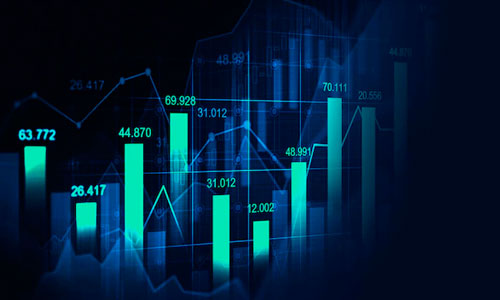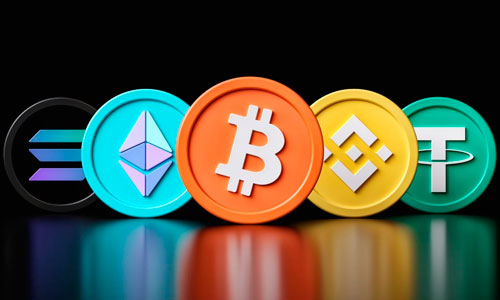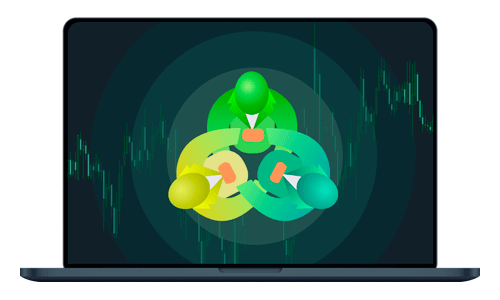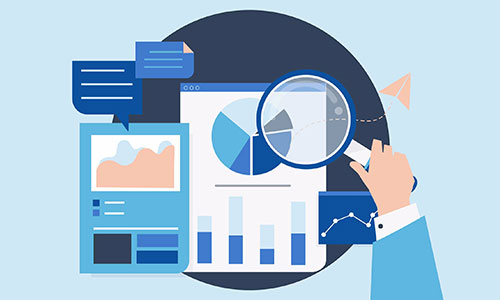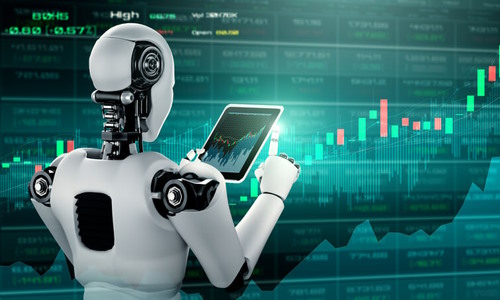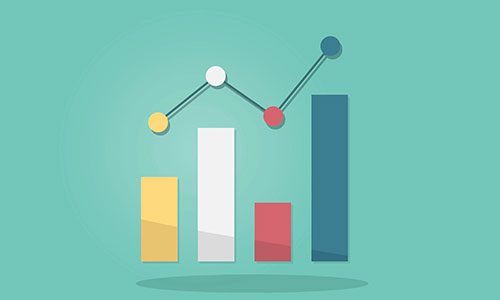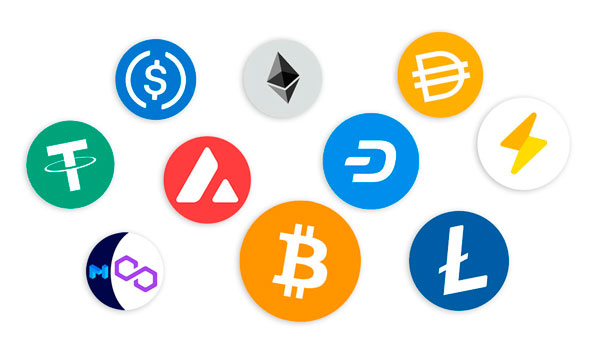In the rapidly evolving world of cryptocurrency, DeFi (Decentralized Finance) derivatives have emerged as a significant financial instrument, gaining traction among traders and investors. Despite their increasing popularity, there is still a general lack of comprehensive understanding of what DeFi derivatives are, how they function, and their role in the broader crypto market.
DeFi, the backbone of this concept, aims to revolutionize traditional finance by leveraging blockchain technology to eliminate intermediaries. This decentralization allows direct transactions between parties within a secure, encrypted environment, significantly reducing the costs typically associated with financial intermediaries.
The Role of Derivatives in Traditional and DeFi Settings
Traditionally, derivatives have been essential financial instruments for hedging risks and managing potential losses. These contracts derive their value from underlying assets and enable parties to lock in prices to mitigate anticipated risks. However, their execution in traditional finance often requires intermediaries, adding complexity and cost.
In contrast, DeFi derivatives maintain the fundamental purpose of hedging but operate on blockchain technology through smart contracts. These contracts automate and streamline transactions, removing the need for intermediaries and offering a transparent, efficient process.
Exploring the Types of DeFi Derivatives
- Futures Contracts: These are agreements to buy or sell an asset at a future date at a predetermined price. DeFi protocols have made these more accessible and straightforward.
- Perpetual Futures Contracts: These contracts continuously monitor asset prices and adjust funding fees based on market conditions, fostering market balance.
- Options Contracts: These give traders the right, but not the obligation, to buy (call) or sell (put) an asset at a set price on or before an expiration date.
- Perpetual Options: Similar to perpetual futures, these options lack a predetermined exercise date, offering more flexibility to traders.
- Synthetic Assets: These unique derivatives can represent any financial product, including fiat currencies, cryptocurrencies, and more, allowing for round-the-clock trading within the blockchain ecosystem.
The Mechanics of DeFi Derivatives
DeFi derivatives often utilize automated market makers (AMMs) to facilitate trading. AMMs replace traditional order books with algorithms to match buyers and sellers, presenting unique challenges and solutions like virtual liquidity machines to provide continuous trading operations. Smart contracts are crucial in DeFi derivatives, automating crucial processes like trading, clearing, and settlement. They ensure security and transparency and can be programmed to execute specific actions when set criteria are met.
Oracles: Enhancing Smart Contract Functionality
Oracles play a critical role by providing external data to smart contracts, ensuring accurate and timely execution of derivatives contracts based on real-world information.
Navigating the Risks and Advantages of DeFi Derivatives
While DeFi derivatives offer numerous benefits, including reduced costs and increased accessibility, they also carry risks. Counterparty risk and regulatory uncertainty are significant concerns that traders must consider.
For those interested in exploring DeFi derivatives, numerous platforms offer diverse trading opportunities. Platforms like GMX, dYdX, and Keep3r are popular choices, each offering unique features and trading options.
The Future of DeFi Derivatives
DeFi derivatives represent a significant advancement in accessing real-world assets through blockchain technology. They offer fast, transparent, and cost-effective solutions but also pose challenges due to regulatory uncertainties. Therefore, thorough research and analysis are crucial for anyone looking to leverage these innovative financial tools effectively.

